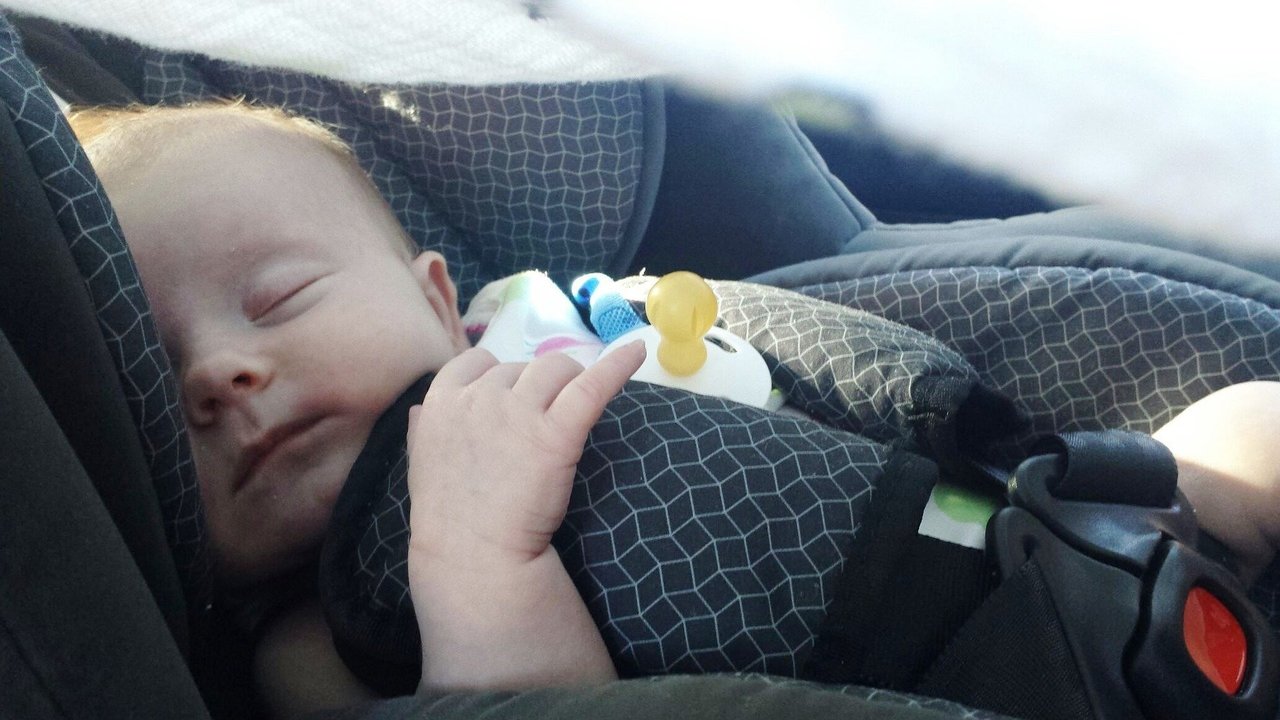The safest way to prevent child heatstroke in cars uses multiple strategies

Understanding the Complexities of Pediatric Vehicular Heatstroke
Pediatric vehicular heatstroke (PVH) is a tragic and preventable issue that has claimed the lives of thousands of children over the years. As awareness grows, so does the development of technologies aimed at preventing these incidents. A recent study conducted by researchers from Children's Hospital of Philadelphia (CHOP) has shed light on the various scenarios that lead to PVH and the effectiveness of different technological interventions.
The study highlights that while numerous technologies have been developed to address this critical issue, no single solution is sufficient to prevent all cases of PVH. This realization underscores the need for a multifaceted approach involving a combination of technological innovations and ongoing public education.
The Scope of the Problem
Since 1998, more than 1,000 children in the United States have died due to PVH, with an average of 37 deaths annually. These incidents are entirely preventable, yet they continue to occur. In response, various technologies have been created to help caregivers avoid such tragedies. These include:
- Indirect detection technologies: Such as Bluetooth device connections and GPS-based reminders.
- Direct detection technologies: Including pressure sensors and radio frequency sensors that detect breathing and heartbeat.
- Alerting technology: Features like warning chimes and notifications to primary contacts.
- Intervention features: Such as activating the air conditioning or unlocking doors.
Evaluating Technological Interventions
To assess the effectiveness of these technologies, researchers at the Center for Injury Research and Prevention (CIRP) at CHOP reviewed cases of children dying in hot vehicles. They identified "exemplar" scenarios—cases that were distinct in terms of circumstances—and evaluated whether existing technologies could have prevented these deaths.
According to co-lead study author Jalaj Maheshwari, MSE, a research staff scientist with CIRP at CHOP, no single technology would have prevented all the cases identified. He emphasized the importance of multiple technologies working together to reduce the number of vehicular heatstroke deaths.
Key Findings from the Study
The researchers identified 10 exemplar scenarios across 354 recent instances of vehicular heatstroke. Their findings revealed significant variations in the effectiveness of different technologies:
- Technologies such as carbon dioxide, optical, pressure, ultrasonic, and radar/radio-frequency detection were effective in detecting children in 80% to 90% of cases.
- Child seat chest restraint sensors were only effective in one of the exemplar scenarios.
- Notifying a secondary contact was the only technology that could bring intervention to every child across scenarios, assuming the overheating was due to children being left behind intentionally or unintentionally.
- Alerting by sounding the vehicle’s horn may have been effective but only if the vehicle was in proximity to people who could intervene.
- Leaving the air conditioning on in the car would have prevented 80% of the cases identified.
The Importance of Education and Collaboration
While the study focused on the most serious cases of PVH, it did not investigate the potentially hundreds or thousands of "near miss" incidents that may put children at risk. Senior study author Kristy Arbogast, Ph.D., scientific director of CIRP at CHOP, stressed the responsibility to ensure these preventable deaths never happen.
She emphasized the need for continued caregiver education about the dangers of overheating vehicles and the importance of supporting life-saving technologies through collaboration with the automotive industry, policymakers, and other stakeholders.
Conclusion
The study from CHOP highlights the complexity of pediatric vehicular heatstroke and the necessity for a comprehensive approach to prevention. While technological advancements offer promising solutions, they must be complemented by ongoing education and support from various sectors. By combining innovation with awareness, we can work toward a future where no child suffers from the tragic consequences of PVH.